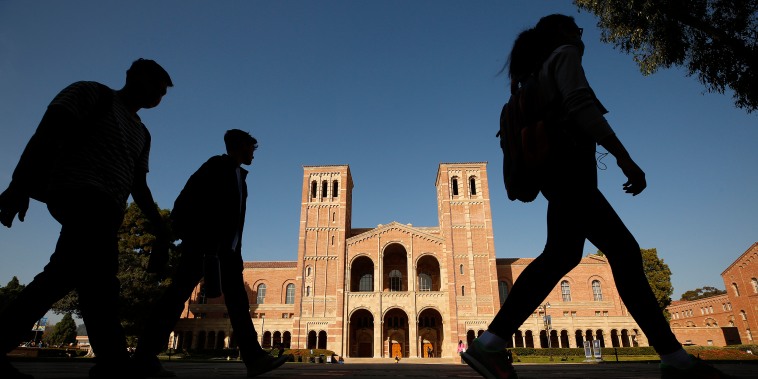
Financial Aid at Risk: Errors in Education Department could Slash Aid for U.S. Students
Education Department Error Potentially Affecting U.S. Students’ Financial Aid Amounts
In an unprecedented turn of events, the U.S. Department of Education admitted to a computational error, which could potentially result in a significant decrease in financial aid offered to the nation’s students. This unexpected error has caused ripples throughout the American education system, with potential negative impacts for students that rely on these aids for their academic pursuits.
The Origin of the Error
The erroneous issue lies within the Expected Family Contribution (EFC) formula. The EFC is a critical component in establishing a student’s eligibility for federal student aid. It measures the financial strength of a student’s family and considers elements such as taxable and non-taxable income, assets, and benefits, alongside the size of the family and the number of family members attending college or career school.
However, an error in the calculation occurred when the Department of Education recently revised the formula. The wrong component was utilized in determining the size of a student’s EFC – an issue that could lead to a lower estimation of students’ financial need, thus cutting the financial assistance they could receive.
Implications for Students
The potential impact of this miscalculated formula on students cannot be understated. Students from low-income families, who rely significantly on financial aid for their education, are particularly susceptible to experiencing financial burdens as a result of this error. It could mean the difference between being able to afford to stay in school or being forced to drop out – a decision that could dramatically affect their futures.
A National Concern
The promise of equal access to education is a cornerstone of the American educational system. Therefore, the notion that an error on the part of the Department of Education could disrupt this promise is troubling. This error is more than a statistical mistake; it’s potentially hindering students’ academic progress and opportunities.
Addressing the Issue
Upon discovering the error, the Department of Education acknowledged the oversight and has reportedly begun implementing corrective measures. In addition to fixing the formula, they will be required to reassess all applications processed with the incorrect formula, which could prove a significant undertaking. The hope shared by educators and students alike is the swift resolution of this issue to prevent major distruptions.
Final Thoughts
This incident stands as a stark reminder of the heavy reliance of U.S. students on financial aid programs for their education and the devastating impact even a minor error can have on these necessary aids. It’s a call to improve oversight and quality checks, ensuring that students who have worked hard to make it to college aren’t disadvantaged due to an avoidable error. As the Department of Education grapples with this issue, one thing remains clear: the need for transparency, accuracy, and accountability within the systems that so heavily impact the futures of young Americans.
